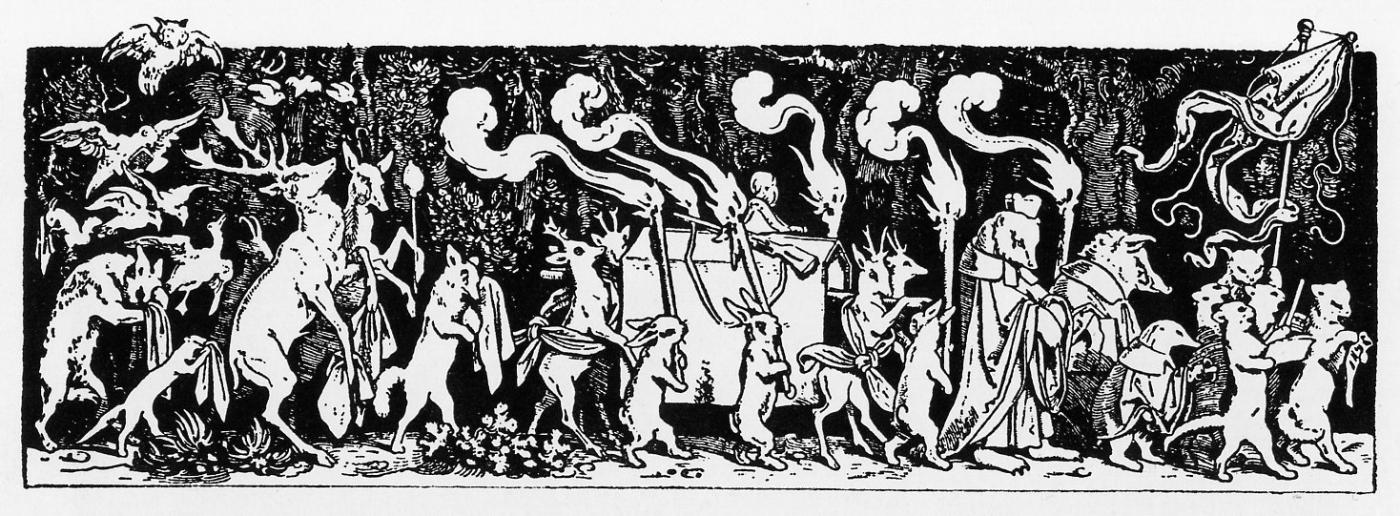February’s NSO Showcase features 2 monumental symphonies written within 2 years of each other—Brahms 4th and final symphony from 1885 and Mahler’s 1st symphony dating from 1887-88. Both are magnificent testaments to very different aesthetics and musical personalities.
Brahms biographer Jan Swafford describes the 4th Symphony thus:
The E Minor “means” many things, but surely part of it is this: his funeral song for his heritage, for a world at peace, for an Austro-German middle class that honored and understood music like no other culture, for the sweet Vienna he knew, for his own lost loves. In one of the last pieces he wrote in 1896, Brahms would set the E Minor Symphony’s first four notes, B G E C to the words “O death, O death!”
Brahms wrote his 4th symphony at age 53, telling a friend he had “put together a few entr’actes and polkas which I happened to have lying about.” Well of course the 4th Symphony is a lot more than a collection of odds and ends. Once again, referring to biographer Jan Swafford, it is an example of “consummate craft” from the first movement built on chains of thirds, to the monumental finale, a series of 30 variations on a theme from Bach’s Cantata No.150 “For Thee, O Lord, I long”.
Mahler wrote his First Symphony in 1887-88, just a couple of years after Brahms composed his valedictory symphony. As a twenty-something composer, Mahler felt his work needed to be all-encompassing. “A symphony must be like the world,” he told Jean Sibelius, “It must contain everything.” This famous quote from Gustav Mahler certainly applies to his first symphony which is in essence a hero’s journey. As he travels, our protagonist encounters nature (clarinet cuckoo calls), forest animals mourning the death of a hunter to the strains of an ironic nursery rhyme, a klezmer band, a ländler country dance, quotes from his own lieder and more. There are allusions to literature (Jean Paul’s novel The Titan, also about a young hero’s travails), and to the visual arts (Moritz von Schwind’s The hunter’s funeral). In the program notes which he discontinued after revising the work, Mahler divides the symphony into 2 parts: Part I. Youth, fruit, and thorn pieces. Part II: Human Comedy; A funeral march, Dall’inferno al paradiso. In the last movement, that whole human comedy comes to a big, celebratory finale, with the horns blazing away. As Maestro Noseda says, “it’s a fantastic journey.”
Oh, and by the way, Mahler's musical DNA lives on to this day...Beyoncé is his 8th cousin four times removed, proving that his music really does encompass the world.
Hear more from NSO Prinicpal Bass Robert Oppelt
PBS PASSPORT
Stream tens of thousands of hours of your PBS and local favorites with WETA+ and PBS Passport whenever and wherever you want. Catch up on a single episode or binge-watch full seasons before they air on TV.

